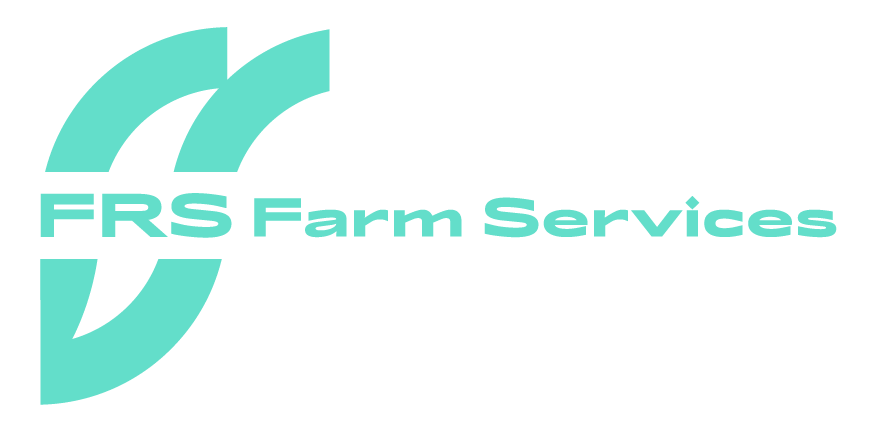Loading cattle and livestock for transport is one of the most difficult handling jobs on the farm and one that requires planning and proper facilities in order to safeguard all involved. Designing proper handling facilities should also include designing proper loading facilities.
Below are some tips for loading and unloading cattle from Jim Dockery, Health and Safety Manager, FRS Network.
- Drivers should have the appropriate licence and be aware of the hazards associated with carrying full loads. Drivers need to take care and drive at appropriate speeds in relation to weight and size of the load. All types of brakes and lights should also be checked on the cattle box regularly to ensure safe travels.
- Everyone involved with unloading should know which animals have to go where before the tailgate is dropped.
- It will usually be easier to load several small groups of animals, rather than one large group.
- Unless they are behind the animals, keep people out of raceways.
- Avoid noise, rush and panic. Let animals find their own way in their own time.
- Make use of the animals’ natural behaviour.
- Encourage a lead-animal, giving it plenty of time to see where it is expected to go. Once it is on the ramp, encourage the group to follow.
- Don’t get too close to the animals which are moving forwards into the lorry – this may cause them to turn back. If they do, back off, let them down the ramp and give them time to relax before trying again.
- Be careful not to trap animals’ legs or tails when closing the gates or ramps of the trailer of lorry.
- It is also particularly important to watch cattle lashing back when closing gates on doors and this is one of the most common injuries.
- A general rule of thumb, where possible is to load the heaviest animals on the right side of the trailer. With the weight on the centre of the road, it stabilises the vehicle.
- When unloading animals, try to keep the slope of the ramp to a minimum, make use of a natural slope or use an unloading bay whenever possible. Animals may be tired and unsteady after the journey, allow them time to move off the lorry at their own pace.
For extra help on your farm contact FRS. Visit the new FRS Farm Safety online resource page on www.frsfarmrelief.ie
